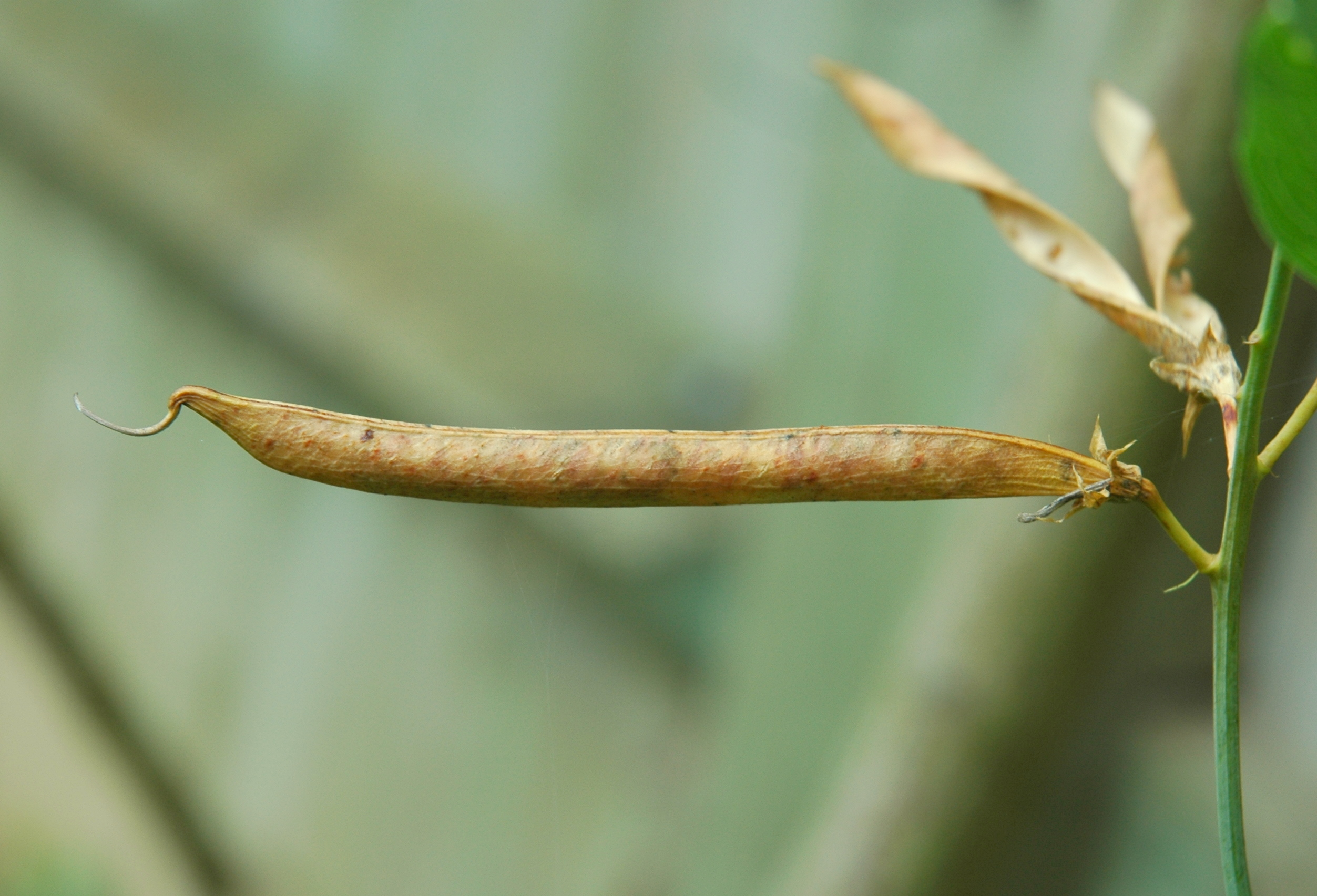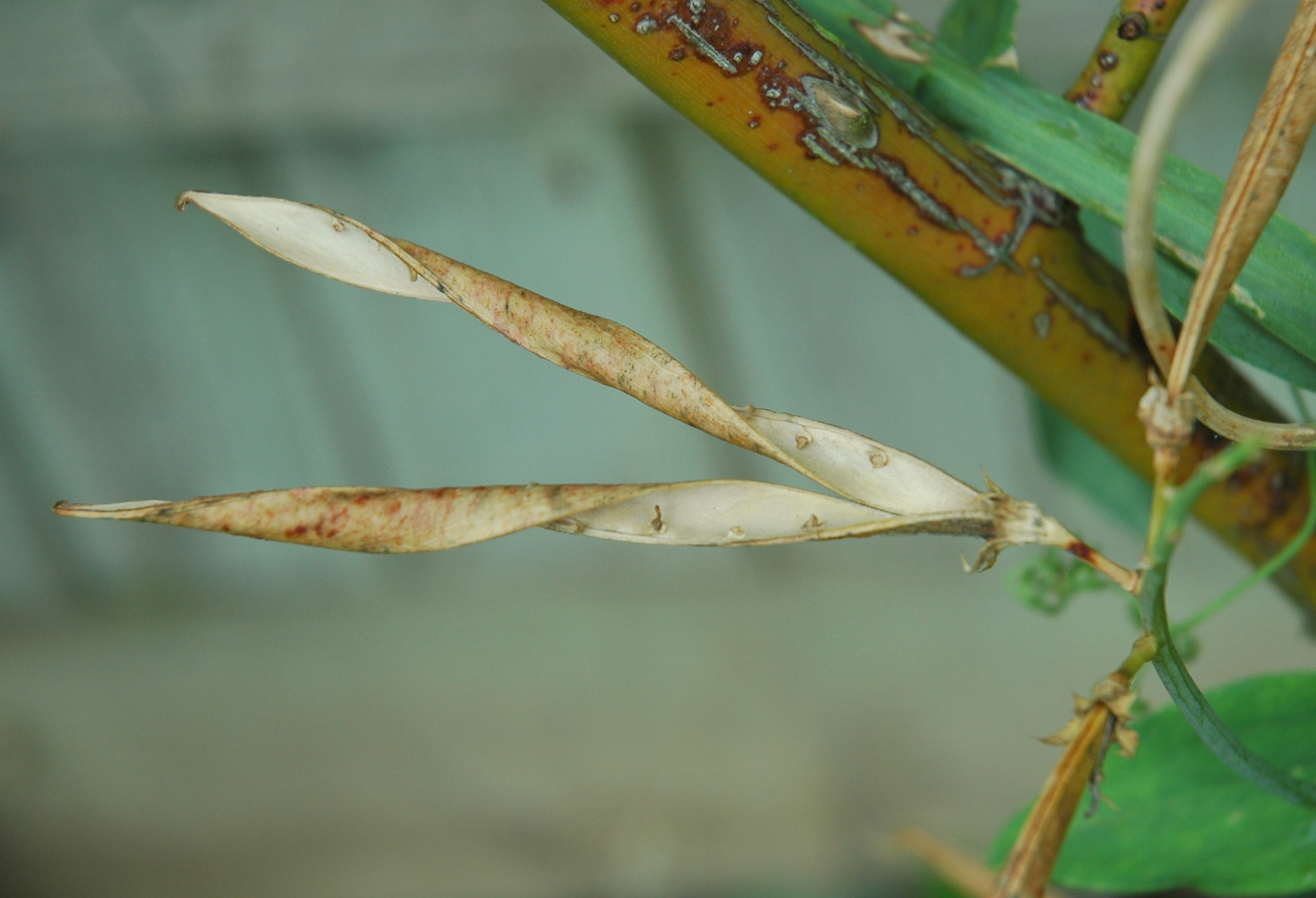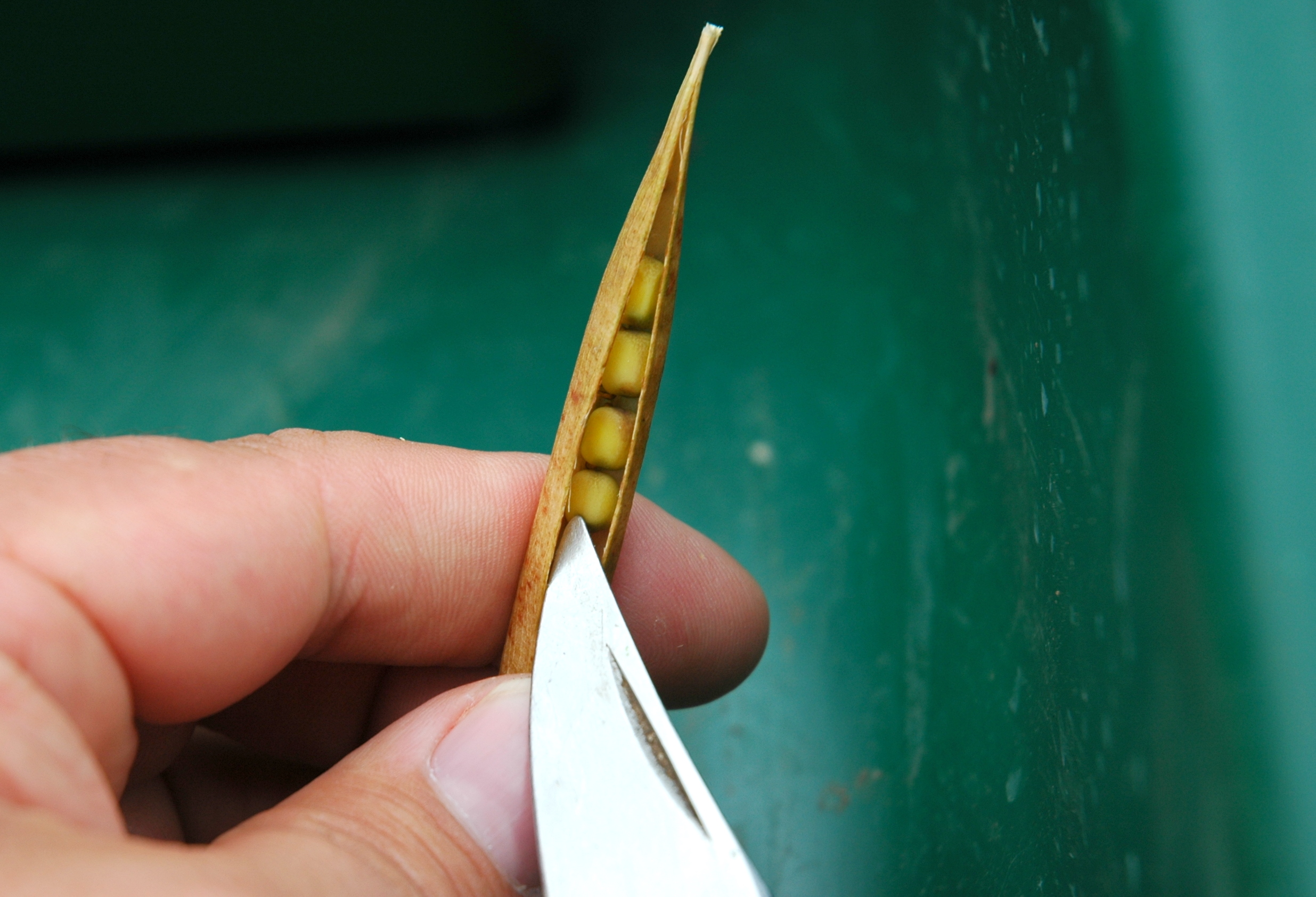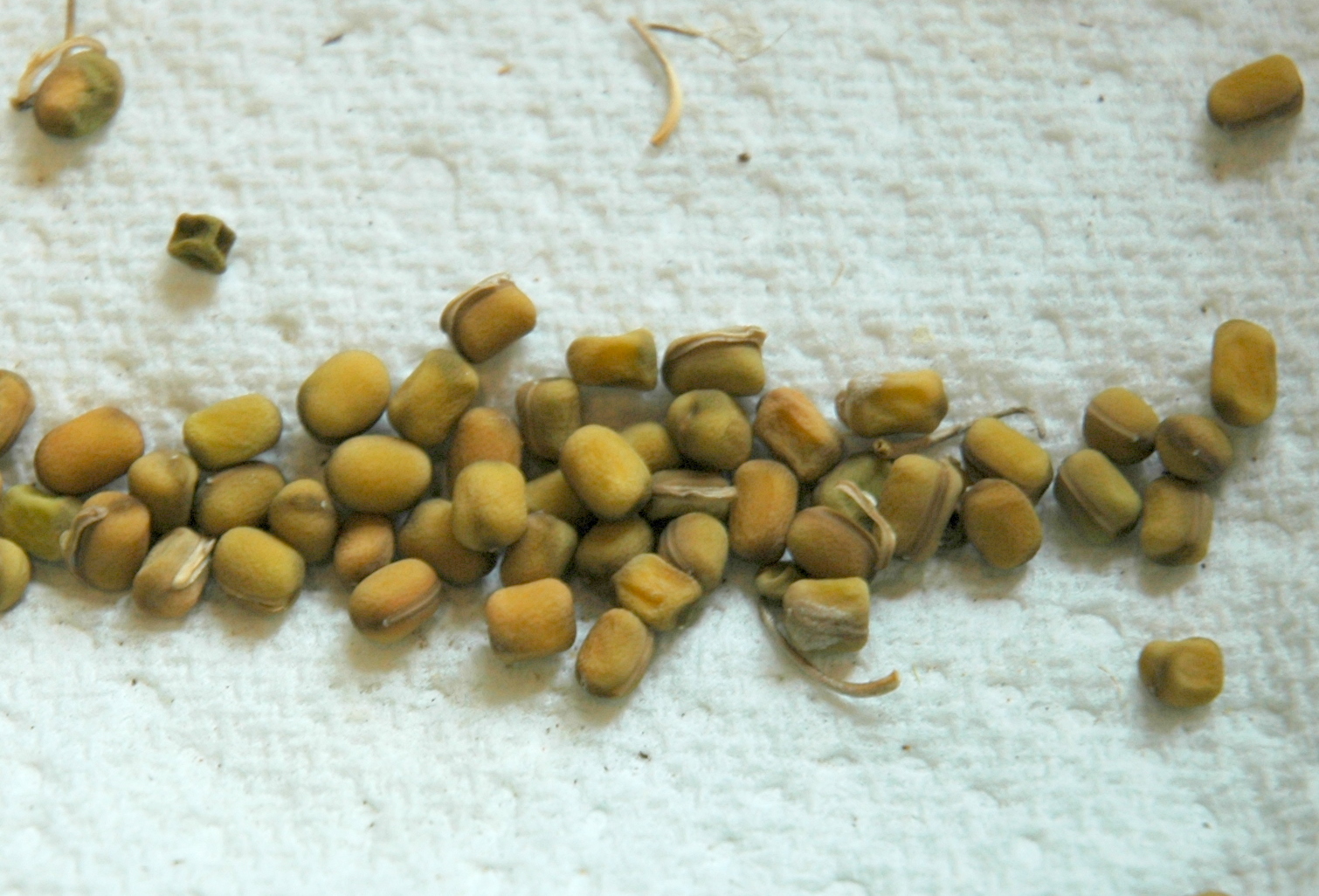Sweet Peas (Lathyrus odoratus) with their delicate flower and fragrant perfume are a firm favourite in many summer gardens. Collecting their seed is easy to do and will provide a plentiful supply of seed for next year. You may even have enough spare to share with others.
This step by step guide shows how to collect and store sweet pea seeds ready for next year.

If you are happy with the varieties you have, you could just leave the seeds to fall naturally on the ground to grow next year, however, if you’d like to move them to a new location or bring them on a little earlier indoors, it’s worth saving some seeds.
How to Select Which Seeds to Save
When the sweet peas are in full flower, select the flower varieties you like and wish to take seed from.
Select from strong, healthy looking plants.
Will My Sweet Pea Seeds Come True From Seed
If you’re not concerned about the seed producing flowers the same as the parant plant, and are happy to take what comes along as a nice surpise, feel free to skip this section. However, if you’d like to know how to ensure the offspring are the same or similar, read on…
Sweet peas self-pollinate prior to the flower opening which does limit the degree to which genetic information will be altered by other plants, however, like us, they have more ‘options’ in their DNA than show outwardly. This means they have the chance to pass on hidden traits from their parents.
The more pure-bred the parents are, the more identical the offspring will be. The higher the level of genetic variety in the parents, the wider the array of offspring (seeds) they will produce in the next generation.1
F1 Hybrid
F1 Hybrids are produced from two pure-bred, but different from each other, parents, who themselves have only one set of traits available to pass on. Each pair of parents therefore make reliably identical offspring (seeds) each time and can be sold with confidence as a named variety. The offspring’s seeds’ DNA however will have various re-combinations of the parents characteristics and will not ‘come true’ to the variety of the parent.
Hybrid Sweet Peas
Hybrid varieties are generally very old combinations of genes which have become stable within their own population type. Although they will not be identical to the parent, the offspring will be sufficiently alike to be recognisable as the type.
How & When to Collect Sweat Pea Seed Pods
Next, stop dead heading from your selected plants. This will encourage the plant to stop producing flowers and put its energy into producing seed pods.2
Tie a label with the variety name to your selected stems, so they can be easily identified later, when the flowers have died back.
Once the flowers start to die back, seed pods will soon start to develop. Initially the pods are green but if collected at this stage they are unlikely to germinate.

When the pods turn light brown, they’re ready to start collecting.
It’s best to collect the pods on a clear, dry, sunny day as the main aim is to ensure the pods and seeds are stored as dry as possible.
Using a pair of clean sharp snippers and leaving some stem attached to the pod, clip off the pod carefully so as to avoid it springing open.
If you leave the seed pods on the plant too long, they will spring open by themselves and the seed will be cast naturally on the ground. This is fine if you’d like the same varieties back in the same location next year.
How to Extract the Seeds from the Pods
Once you’ve gathered all the seed pods you need, ensure they are fully dry.
Place the pods on a drying rack or tray indoors. Alternatively, tie the pods together in bunches and hang them from a clothesline or hooks. Store in a cool, dry, well ventilated space such as a dry cellar or garage.
Leave the pods to dry until some begin to open. Depending upon how dry the pods were when you collected them, this may take a few days or even weeks.
When the pods are fully dry, push a fingertip or the tip of a small knife into the seam running down the length of the seed pod. It’s worth doing this over a potting shoe or tray as the pods have tendency to spring open.
Another method is to place the pods in a sealed paper bag and place in a cool, dry place. This will encourage the pods to naturally dry and spring open by themselves. Give the bag a shake occasionally to help speed along the process.
How to Store Sweet Pea Seeds
Once you have extracted the seeds from the pods, remove any surplus debris and chaff. Also remove any damaged or mouldy seed.
Once again, ensure the removed seeds are fully dry. Place them on some paper towel, in a cool, dry location, for a day or two.
Now the seeds are totally dry, place them in individual seed envelopes or jars, marked with the variety name and year.
Store the seeds in a cool, dark place, such as a refrigerator, cellar or other suitable location.
How Long Can I Keep Sweet Pea Seeds
If stored correctly and kept free from damp and light, the seeds should remain viable for 2 to 3 years, though it is a good idea to keep an eye on your stores, just to make sure damp or pests haven’t found their way in.
The future viability of the seeds ability to germinate will depend upon the seed condition prior to storage and the storage conditions. As a general rule, the lower the moisture content and the storage temperature, the longer the seed will remain viable3
Quick Method
Simply snip off some brown sweet pea pods straight into a paper bag, label and store in a cool, dark, well ventilated space. When you’re ready to sow the seeds, just give the bag a shake to release any remaining seeds from their pods. Success rates of this method vary depending upon how damp the seeds are when collected and how they are stored.
Facts & Sources
- RHS Advisory Service Response 12/09/23 – Ref:664455
- College of Agricultural Sciences, The Pennsylvania State University – To Deadhead or Not? Your Final Answer is...
- F. Corbineau, D. Côme – Seeds Of Ornamental Plants And Their Storage – doi: 10.17660/ActaHortic.1991.298.38




